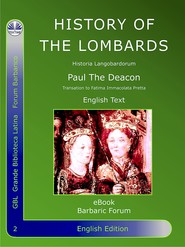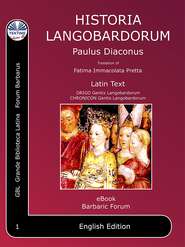По всем вопросам обращайтесь на: info@litportal.ru
(©) 2003-2024.
✖
Re-Organize Your Diet
Год написания книги
2019
Настройки чтения
Размер шрифта
Высота строк
Поля
For this reason an excessive consumption of protein is destructive, and in addition certain types of protein from animal sources are more acidic and difficult to digest.
For this reason acidification makes us more tired, with inflammation and an increase in free radicals, which are substances to be found in food that can cause various types of illnesses, early ageing and baldness (we will talk about this in our final paragraph).
It is scientifically proven that our needed daily intake is very limited and that it is more than sufficient to take 0,75 gr of proteins for every kg of body mass; so if we weigh 75kg, our daily protein need is about 56 gr of proteins.
In conclusion, therefore, we can say that it is not the lack of proteins that is a problem but the opposite - an excess of them.
Protein structures
Proteins are molecules made up of chains of amino acids, of which there are twenty in total. Eleven of these are not that fundamental to our body because our body produces some on its own, while the other nine are essential because we can only get them through food (two in reality are semi-essential because they are only important during our growing phase).
Proteins are divided into animal protein and vegetable protein.
Animal protein contains all the essential amino acids while the vegetable ones, although containing all of the twenty, can have little or few of the essential elements.
For this reason meat has always been considered as providing a complete source of protein.
The essential amino acids present in cereals and dry fruit complement themselves with the amino acids present in pulses; therefore, their complete characteristic is calculated on the basis of our daily intake and not on a single meal. The problem, however, does not exist for vegetarians that follow a balanced diet (in addition spelt and quinoa contain all the essential amino acids and if we eat pasta and beans, for example, we would have a dish with all the amino acids required.)
Recent studies, moreover, indicate that glutenin (a protein present in cereal seeds) contains all the essential amino acids as are present in animal protein. It goes without saying that the myth of complete or incomplete protein no longer exists.
Vegetable proteins
As we have just seen, proteins from vegetable origins present in pulses (beans, peas, chickpeas, lentils, soya, broad beans) can be considered incomplete, missing of one or more of the essential amino acids, but as we have just mentioned the magic aspect of nature is that they complete themselves with dry fruit proteins and cereals giving us a guaranteed necessary daily protein dosage.
The most difficult part to digest in pulses is their skin, the dry ones need to be soaked (between 8 to 10 hours) then cooked for a long time to make them soft and more digestible.
Adding carrots, celery, onions and alba kombu during cooking makes it all the more digestible.
Spices also come to the rescue; ginger, for example, aids digestion, while oregano and basil help to avoid feeling bloated.
Dried fruit and seeds are also a good source of proteins.
So, if we choose to follow a vegetarian diet there are fundamental foods to include in our alimentary regime.
Lentils are certainly the pulses that contain the least fat, peas provide energy and are perfect for sporty types, beans are rich in fibre, chickpeas are rich in minerals and broad beans full of antioxidants.
Soya bean on the other hand is the pulse with the highest protein value and it comes into use for a wide variety of dishes in vegetarian cooking, being in the form of milk, yoghurt, burgers and cutlets. Let's not fall into the trap of exaggeration; we must always vary our food. If we drink soya milk followed by soya yoghurt, later on a soya cutlet and finish with a soya dessert we are more or less eating the same food but in different forms.
Вы ознакомились с фрагментом книги.
Приобретайте полный текст книги у нашего партнера:
Приобретайте полный текст книги у нашего партнера:







